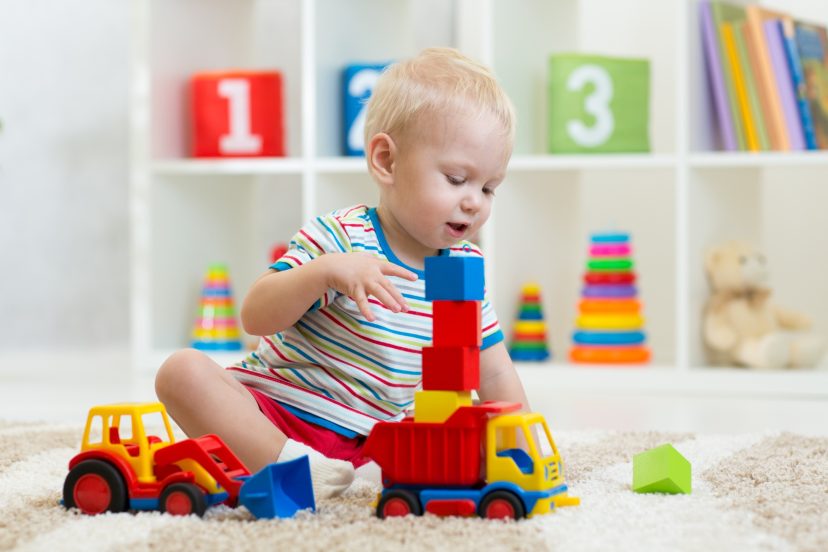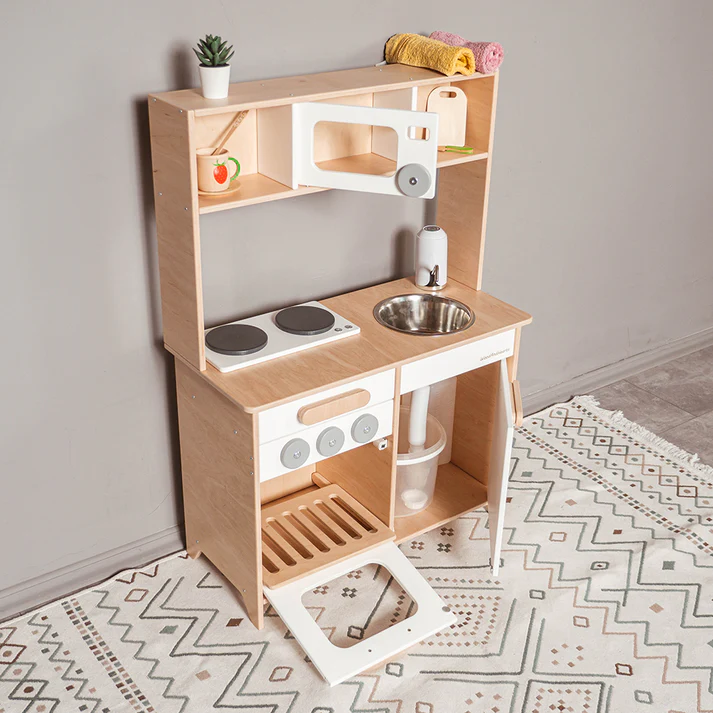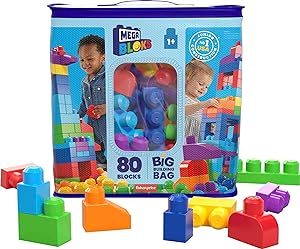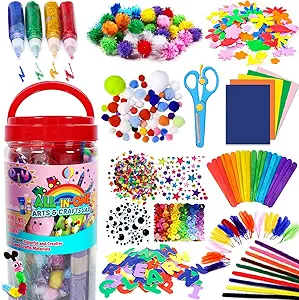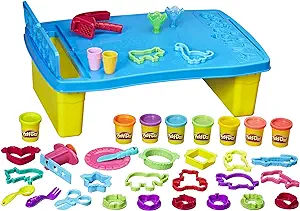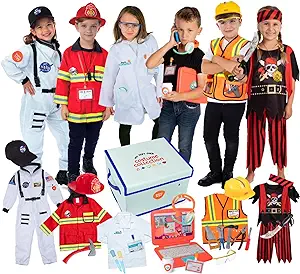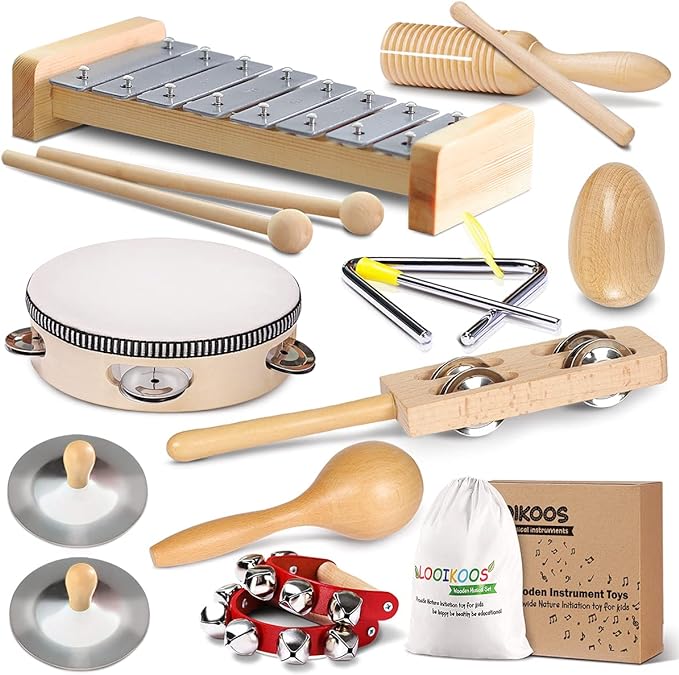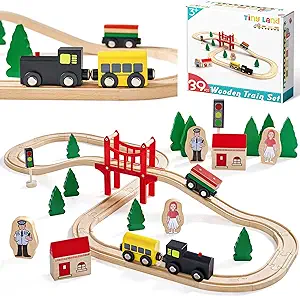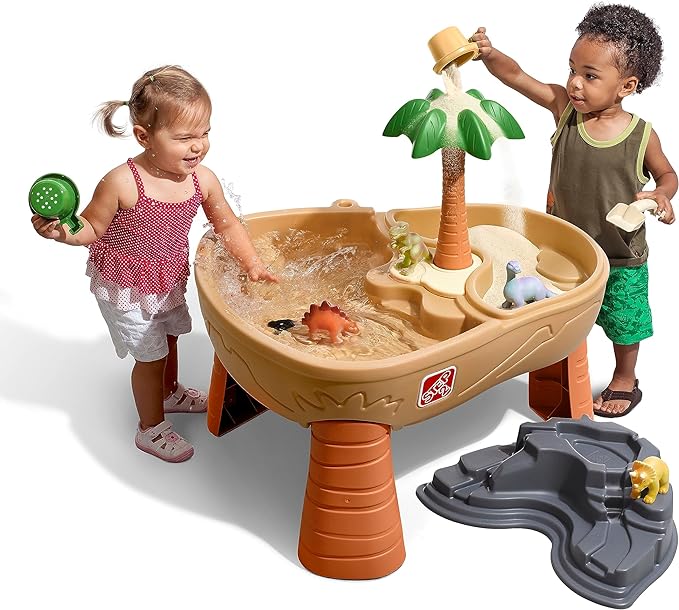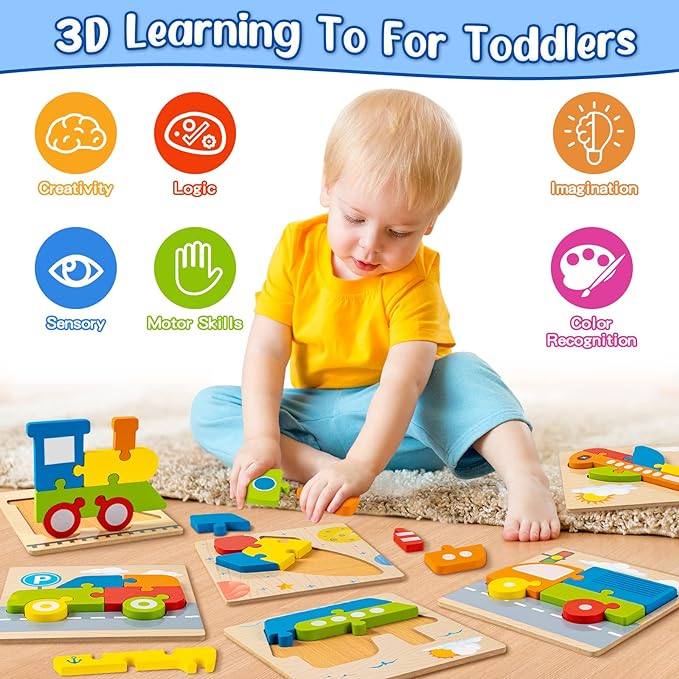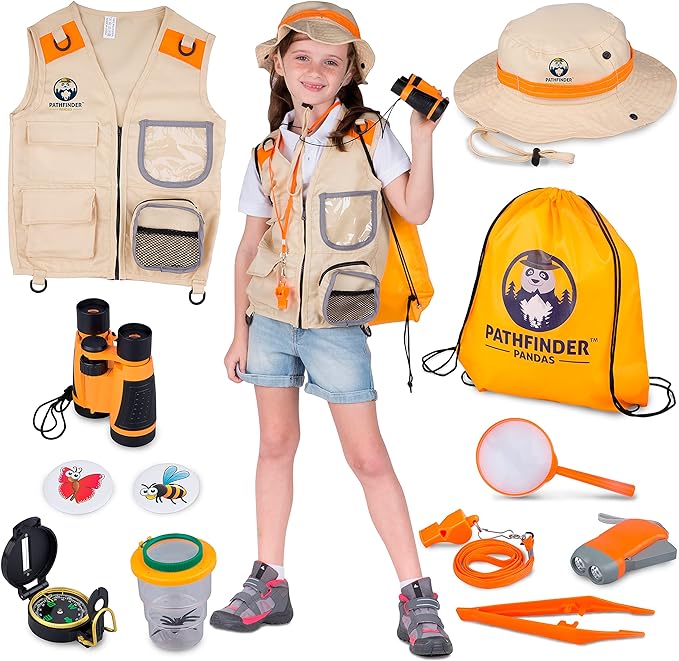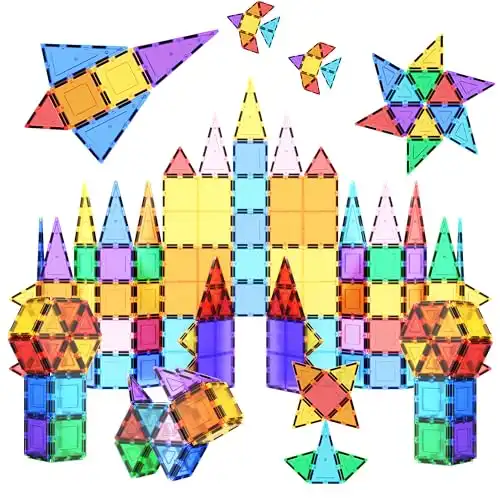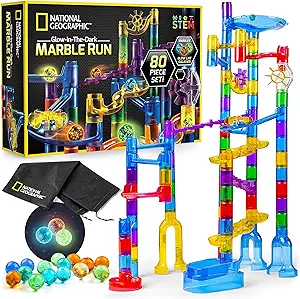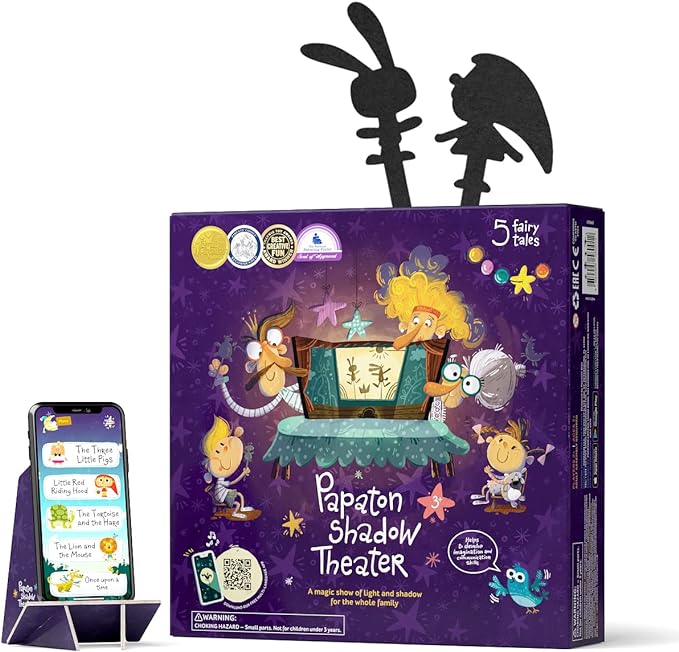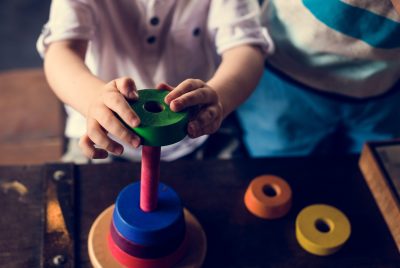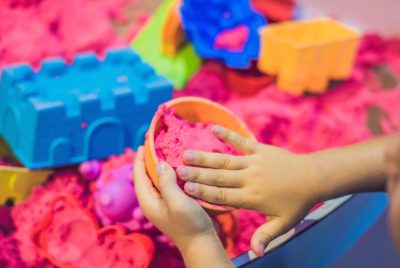Open Ended Toys: A Journey into Limitless Imagination
Ever found yourself sitting on the floor, building a magnificent castle with blocks, or molding an abstract figure from playdough, even as an adult? I have, and I can tell you, the joy of creation never really fades, does it? Open ended toys invite us, regardless of age, into a world of boundless imagination. But what exactly are these toys?
In This Artcile
What are Open Ended Toys?
Open ended toys are the unsung heroes of the toy world. They’re not bound by specific instructions or a singular way to play. The essence of open ended play is the freedom they grant. Think of them as blank canvases, waiting for the brush strokes of imagination.
Why are Open Ended Toys Important for Child Development?
The magic of open ended toys lies in their versatility. They’re not just a source of entertainment; they’re transformative tools for holistic child development. Let me take you on a deeper dive into their significance:
Boosting Cognitive Skills
Open ended toys are thought-provoking. When children play with these toys, they’re not just following instructions. They are thinking, strategizing, and making decisions This can be especially true with some cooperative board games. This process naturally sharpens their cognitive skills, paving the way for improved memory, attention, and analytical skills.
Fostering Creativity and Imagination
With no predetermined outcome, children are free to let their imaginations roam. Whether it’s turning a simple wooden block into a spaceship or crafting an intricate story around a hand-made clay figure, these toys give them the license to dream and innovate.
Enhancing Problem-Solving Skills
Real-world problems don’t come with a manual. Open ended toys mimic this scenario. A stack of blocks might topple over, or a clay structure might not hold – these ‘problems’ encourage children to find solutions, improvise, and iterate, developing resilience and adaptability.
Supporting Emotional and Social Development
Play, especially group play with open ended toys, is a social activity. Children learn to share, negotiate, lead, follow, and empathize. These toys can also act as outlets for emotional expression, helping children process complex feelings and providing them a sense of control.
Physical Development
Many open ended toys are tactile, like blocks, playdough, or art supplies. Playing with them aids in the development of fine and gross motor skills as well as sensory experiences. They also improve hand-eye coordination, dexterity, and even spatial awareness.
Promoting Independence and Confidence
Since there’s no “right” or “wrong” way to play with these toys, children experience a sense of achievement frequently. Over time, this nurtures self-confidence and the understanding that they can make choices and decisions on their own.
Encouraging Lifelong Learning
These toys, with their limitless possibilities, inculcate a love for learning and exploration. They teach children that it’s okay to be curious, to ask questions, and to seek answers, laying a solid foundation for inquisitiveness and continuous learning throughout life.
Value for Money
On a practical note, open ended toys often have a longer shelf life in a child’s play cycle. Because they can be used in countless ways, they tend to hold a child’s interest for longer periods, offering parents good value for their investment.
Popular Types of Open Ended Toys and Their Benefits
Let’s explore the vast world of open ended toys. While there are countless options out there, here are the most beloved and how they can elevate a child’s play experience:
Montesssori Kitchen Play Sets
Playing chef can teach kids about food, nutrition, and even basic math (like when “measuring” ingredients). Role-playing can also enhance social skills and understanding of different household chores.
Building Blocks
Building blocks, be they wooden or interlocking, challenge the imagination. From castles to vehicles, the possibilities are endless. They improve hand-eye coordination, teach about balance and gravity, and instill basic mathematical concepts of shapes and sizes.
Art Supplies
Beyond nurturing an appreciation for art, these tools allow children to express their feelings and ideas. They also enhance fine motor skills, color recognition, and sometimes even patience and focus as children dedicate time to their creations.
Playdough
Molding and crafting shapes out of play doh can be therapeutic. It not only develops fine motor skills but also encourages imaginative play. Children learn about textures, shapes, and even experience basic chemistry (when making homemade playdough).
Dress-Up Costumes
Slipping into the shoes of various characters boosts imaginative role-play. This fosters empathy (as kids understand different personas), enhances communication skills, and builds a rich vocabulary as they dive deep into varied storylines.
Musical Instruments
From tambourines to keyboards, musical instruments are portals to the world of rhythms and melodies. They nurture an appreciation for music, develop auditory skills, and can even enhance mathematical thinking and pattern recognition.
Train Sets
Unlike toys that have a specific function or end result, train sets allow children to create numerous track configurations, building different routes and scenarios each time they play. This promotes creativity and ingenuity.
Sand and Water Play Sets
The tactile experience of sand and water offers a amazing sensory experience. Children learn about different textures, densities, and properties. These sets can also introduce basic scientific concepts like floating, sinking, and volume.
Puzzles
Though they may seem structured, puzzles, especially ones without a strict pattern, can be quite open-ended. They challenge cognitive skills, enhance patience, and teach about shapes, sizes, and spatial recognition
Nature Kits
For the budding naturalist, these kits encourage outdoor exploration. Children learn about flora, fauna, and the environment. They nurture a sense of curiosity, observation skills, and a love for nature.
Magnetic Tiles
These tiles encourage building in both two and three dimensions. They promote understanding of geometry, magnetism, and architectural concepts. Plus, the act of connecting tiles can refine fine motor skills.
Marble Runs
Building tracks for marbles to roll down can teach kids about gravity, speed, and direction. There’s a problem-solving aspect as children try to figure out the most efficient routes for the marbles.
Shadow Puppets
Playing with shadow puppets in the dark can boost creativity, storytelling skills, and understanding of light and shadow. It’s a fun way to dive into narratives and characters.
Closing Thoughts From Me
Open ended toys, with their timeless appeal, promise a brighter, more imaginative future for our little ones. After all, isn’t the best gift we can give our children the freedom to dream, create, and explore? Remember, the sky’s the limit, or maybe, just maybe, there’s no limit at all!
FAQs
What defines open ended toys? Any toy that doesn’t have a fixed outcome and can be used in multiple ways depending on the child’s imagination.
Are electronic toys considered open-ended? Not typically. Most electronic toys have specific functions. However, some tech toys promote creative exploration and can be open-ended.
How do I introduce open ended play to my child? Start simple. Offer basic materials and let their imagination take the lead. Your involvement and encouragement can work wonders!
Are there any downsides to open ended toys? If used appropriately and safely, there aren’t notable downsides. Just ensure they’re age-appropriate and safe.
Where can I find quality open ended toys? Many educational toy stores, both online and offline, offer a vast range of open ended toys. Always read reviews and ensure the quality before purchasing.

